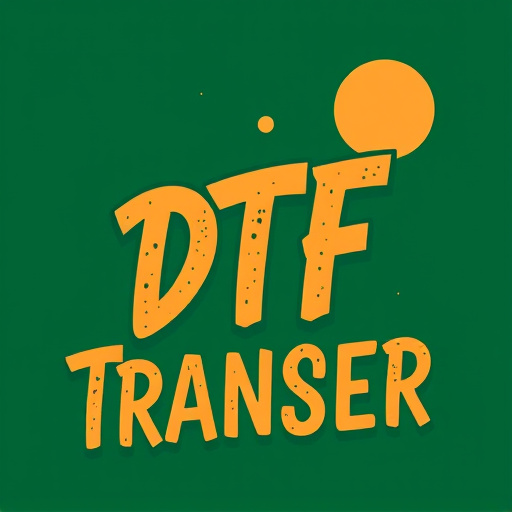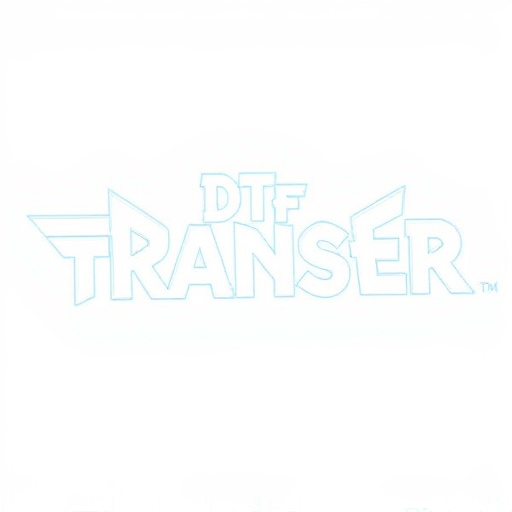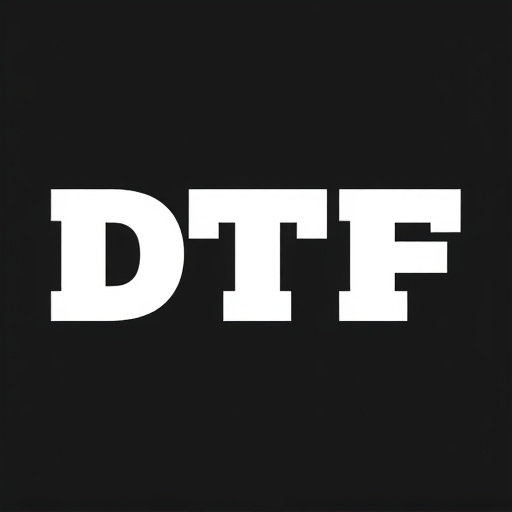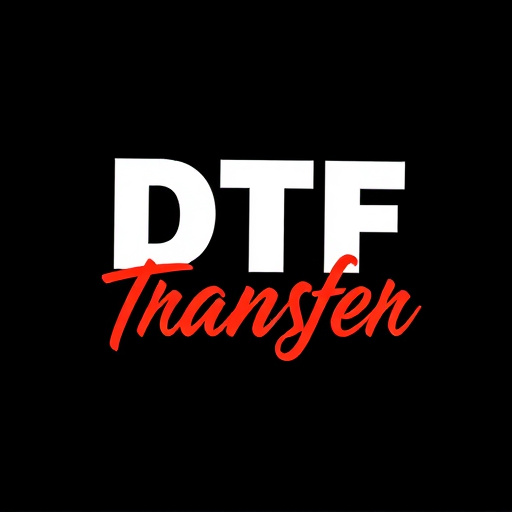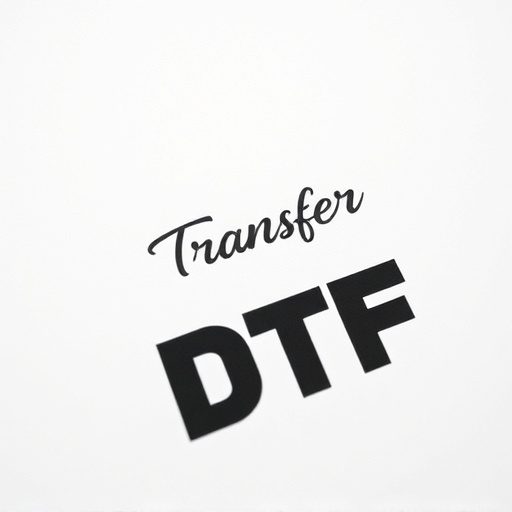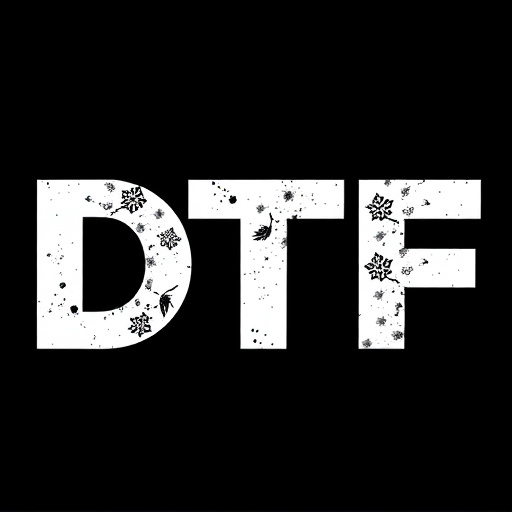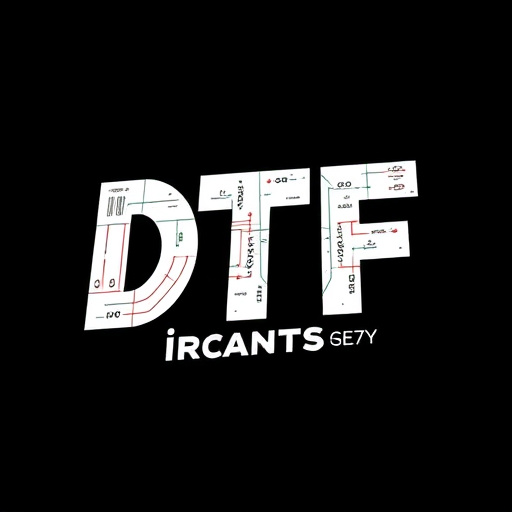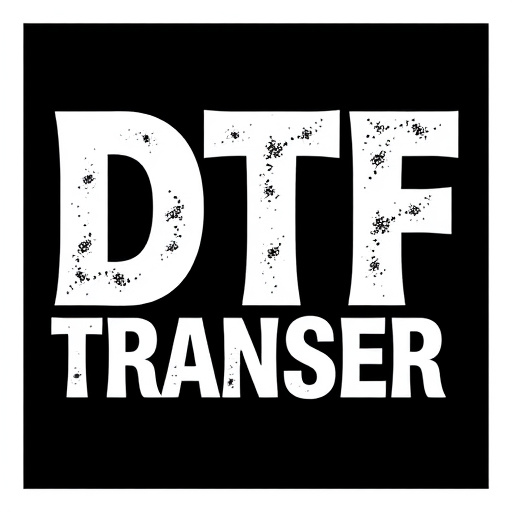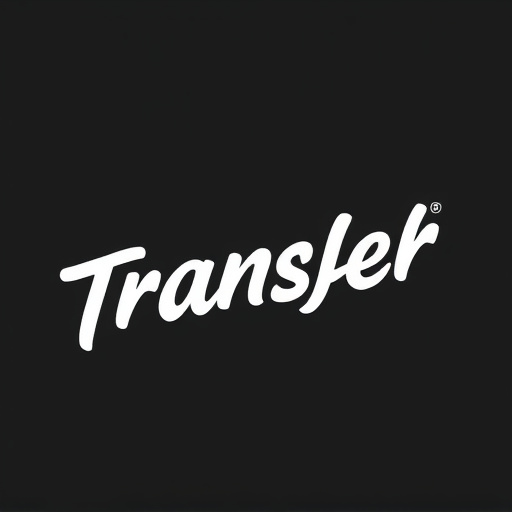DTF (Direct to Forme) printing is a cutting-edge technology for designers and manufacturers, offering precise and efficient transfer of designs onto materials like textiles and plastics by submitting pre-arranged digital files. This process streamlines production workflows, enhances detail clarity, reduces errors, maintains brand integrity, and ensures high-quality prints. To prepare designs for DTF, follow specific guidelines for file formats (PNG or JPEG, 300 DPI), color modes (CMYK), text size (at least 0.1mm), and platform submission. The process involves digital file preparation, review, fabric/film preparation, precise ink transfer, quality control measures, and clear communication during collaboration to achieve optimal results.
“Unleash creativity with Digital Transfer Film (DTF) printing—a game-changing technology for designers. This article explores the benefits of pre-arranged design submissions, offering a streamlined approach to the process. We’ll guide you through understanding DTF printing, from its quick overview to preparing designs for optimal results. Discover the seamless process, quality control measures, and best practices for collaborative design success. Optimize your DTF printing experience with our expert tips.”
- Understanding DTF Printing: A Quick Overview
- Benefits of Pre-Aranged Design Submission
- Preparing Your Designs for Optimal Results
- The Process: From Submission to Print
- Ensuring Quality Control and Accuracy
- Best Practices for Effective Design Collaboration
Understanding DTF Printing: A Quick Overview

DTF (Direct to Forme) printing is a cutting-edge technology that allows for precise and efficient transfer of designs onto various materials, from textiles to plastics. This innovative process eliminates the need for intermediate steps, such as screen printing or etching, making it a popular choice among designers and manufacturers alike. With DTF, pre-arranged designs can be submitted directly for printing, streamlining the production workflow.
By submitting pre-arranged designs, users can take advantage of the speed and accuracy of DTF technology. The process involves exposing the design to UV light through a transparent film, which cures the resin on the material’s surface, precisely replicating the intended pattern. This method offers unparalleled detail and clarity, ensuring that intricate designs are faithfully reproduced.
Benefits of Pre-Aranged Design Submission
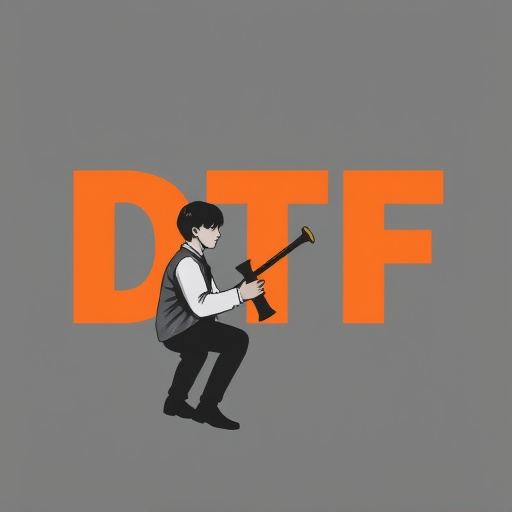
Submitting pre-arranged designs for Digital Thermal Forming (DTF) printing comes with several advantages. Firstly, it streamlines the production process by eliminating the need for back-and-forth communication between designers and printers to refine layouts. This not only saves time but also reduces potential errors that can arise from misinterpretations or miscommunications.
Additionally, pre-arranged design submissions ensure a higher level of consistency in the final printed products. Since all designs are reviewed and approved before production, there’s less chance of unexpected issues cropping up during printing. This predictability is particularly beneficial for businesses aiming to maintain brand integrity and quality control across their entire print run.
Preparing Your Designs for Optimal Results
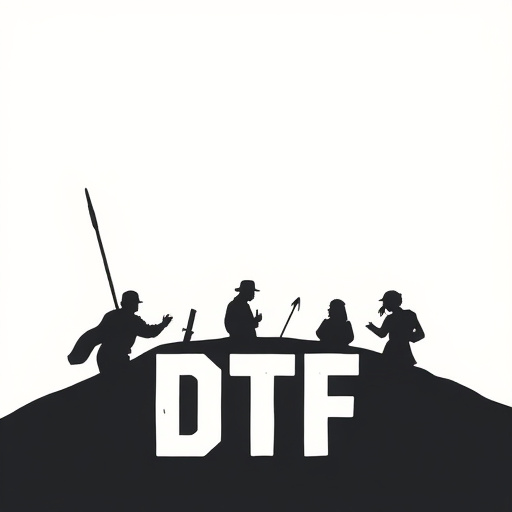
Preparing your designs for DTF (Direct-To-Film) printing is a crucial step to ensure optimal results and vibrant, high-quality prints. Start by ensuring your design files are in the correct format, typically PNG or JPEG, with a minimum resolution of 300 DPI (dots per inch). This high resolution captures fine details and ensures smooth reproduction on the final printed product.
Next, consider color profiles. Using CMYK color mode is essential for DTF printing as it accurately represents the colors that will be printed. Avoid using RGB or other color modes, as they can lead to incorrect color representation and subpar results. Finally, check for any design elements or text that are too small; a general rule of thumb is to have all text and fine details at least 0.1mm in size to ensure crispness upon printing.
The Process: From Submission to Print
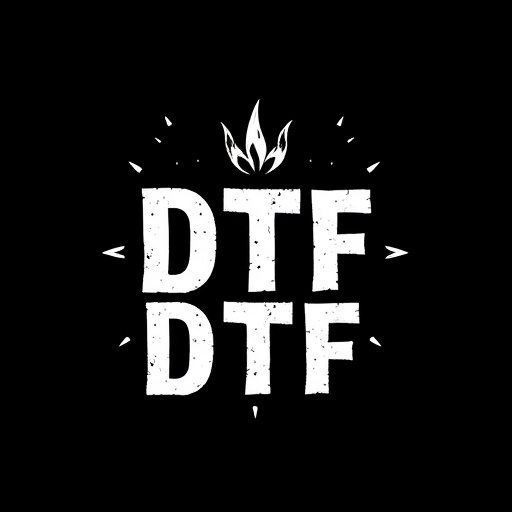
When submitting pre-arranged designs for DTF (Direct to Fabric) printing, the process begins with digital file preparation. Designers ensure their artwork meets specific requirements, such as resolution and color mode, to guarantee optimal print quality. Once approved, these files are uploaded through a designated platform or software provided by the printing service.
After submission, the design undergoes a thorough review to verify accuracy and adherence to guidelines. This step is crucial for any potential errors or adjustments needed before moving forward. Following approval, the DTF printer prepares the fabric, setting up the machine and loading the material according to the chosen design. The actual printing process involves precisely transferring the ink onto the fabric, layer by layer, creating a vibrant and detailed end product.
Ensuring Quality Control and Accuracy
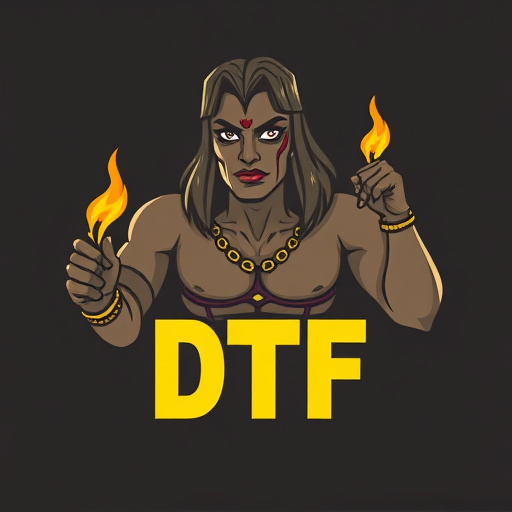
When submitting pre-arranged designs for DTF (Direct to Fabric) printing, maintaining quality control and accuracy is paramount. It’s crucial to ensure that your design files meet the necessary specifications, including resolution, color mode, and file format, to avoid any loss in detail or color precision during the printing process. Using high-resolution images and adhering to industry standards guarantees a crisp and vibrant end product.
Additionally, implementing a thorough review process before submission is essential. Double-checking for any design flaws, such as misaligned elements, missing details, or color errors, can significantly impact the final print quality. A meticulous approach to quality control not only ensures the accuracy of your designs but also fosters a seamless and successful DTF printing experience.
Best Practices for Effective Design Collaboration

When collaborating on designs for DTF (Direct-To-Film) printing, establishing clear communication channels is paramount. Start by defining project goals and timelines to ensure all team members are aligned. Utilize collaborative design software that allows real-time editing and version control, making it easy to track changes and provide feedback.
Regular check-ins and thorough reviews of design files help identify potential issues early on. Encourage open dialogue about material preferences, color accuracy, and print quality expectations. Pre-arranging designs involves careful consideration of file formats, resolutions, and printing requirements to streamline the process and guarantee optimal results for your DTF printing needs.





